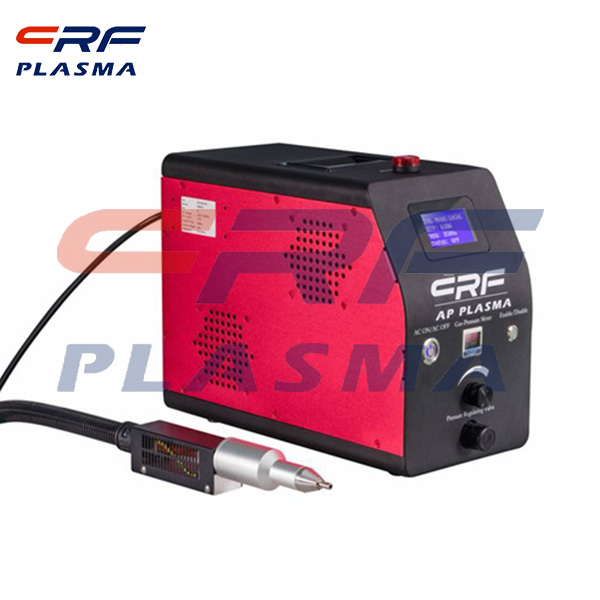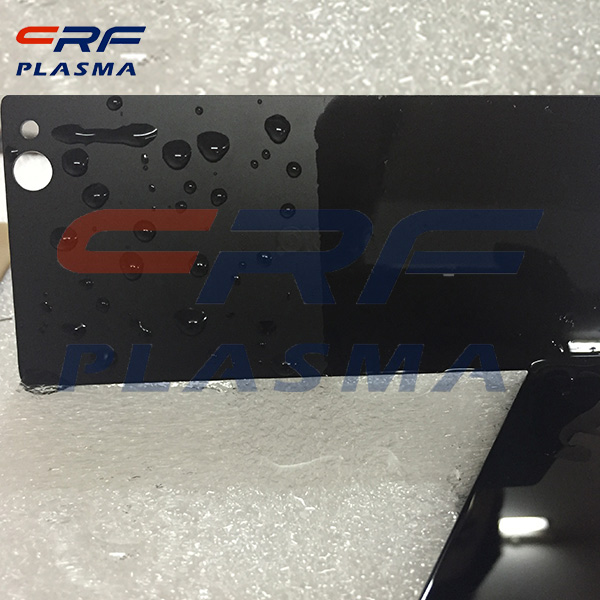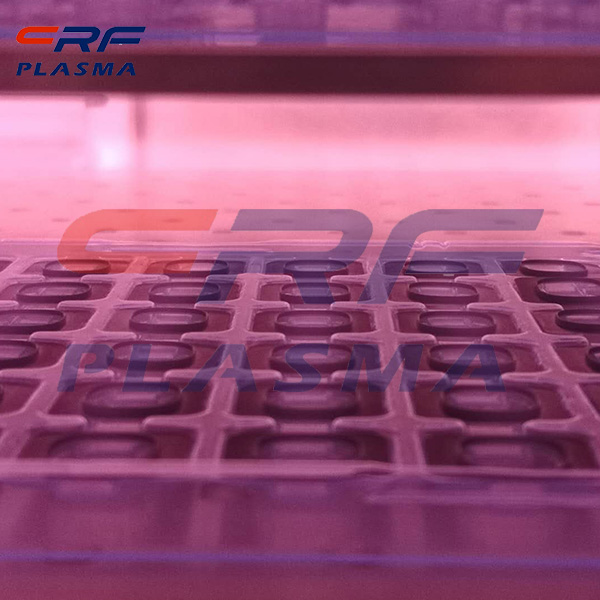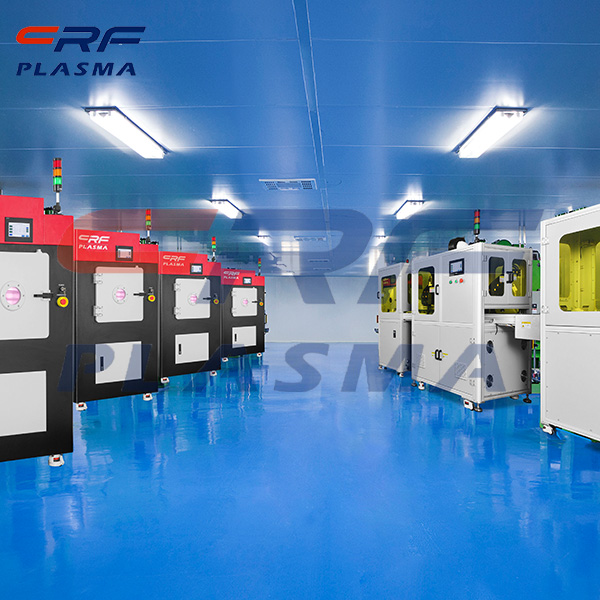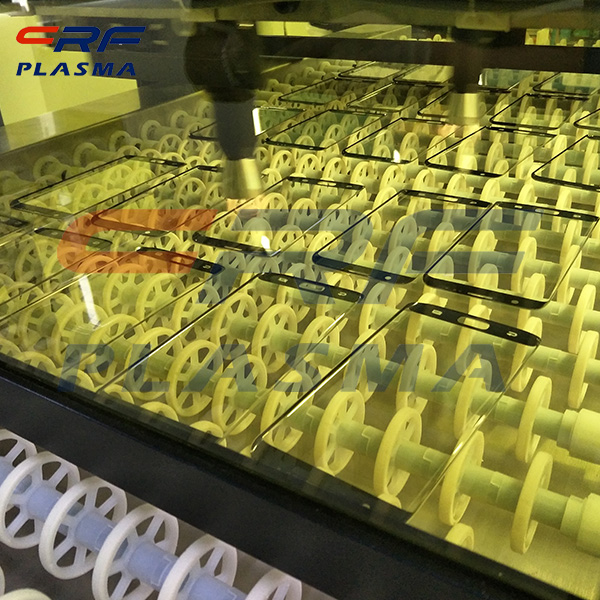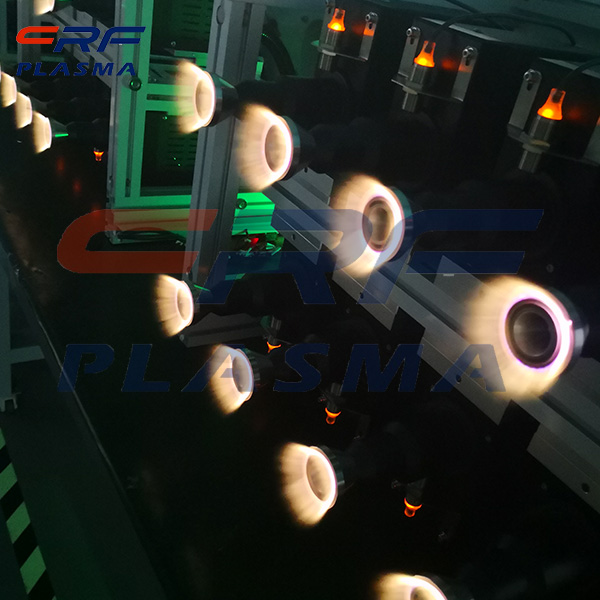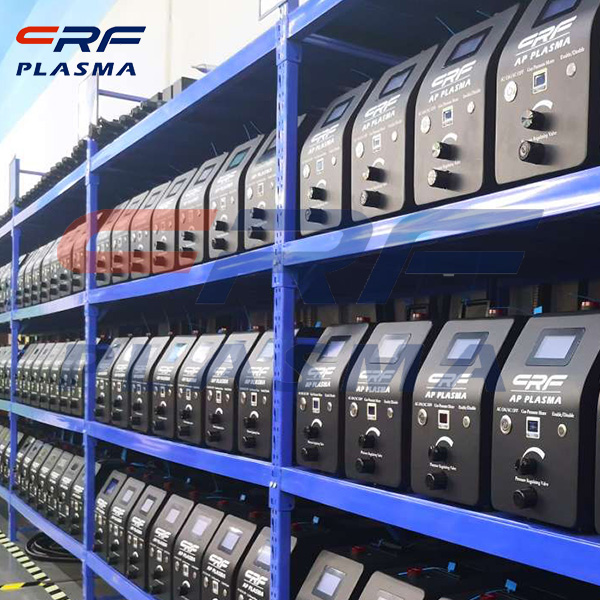
Welcome to Shenzhen Sing Fung Intelligent Manufacturing Co., Ltd.
E-mail:shaobo@sfi-crf.com
Plasma and surface interactions
- Categories:Company Dynamics
- Author:plasma cleaning machine-surface treatment equipment-CRF plasma machine-Sing Fung Intelligent Manufacturing
- Origin:
- Time of issue:2020-08-26
- Views:
(Summary description)plasma-surface interactions, such as sputtering, have been discovered for more than a century, but only in combination with the study of controlled thermonuclear fusion have they been rapidly developed. In the early stage of controlled thermonuclear fusion, unipolar arc, gas cycle and other phenomena have been discovered and studied. However, the plasma parameters were relatively low at that time, so these studies did not attract enough attention. In the 1970s, due to the progress of controlled thermonuclear fusion, especially the tokamak, the importance of impurity problem was gradually realized, and more and more work was put into this subject, which developed into a branch of controlled thermonuclear fusion research. Therefore, as a research field, the interaction between plasma and surface mainly refers to the interaction between plasma and surface at high temperature in controlled thermonuclear fusion devices. Plasma and surface interaction is a frontier research field, which is closely related to plasma physics, surface physics, plasma chemistry, atomic physics, molecular physics and other disciplines. Since plasma can be divided into low temperature plasma and high temperature plasma, the interaction between plasma and surface can also be divided into two aspects. The interaction between low temperature plasma and surface occurs mainly in plasma cutting, welding, smelting and surface treatment, between the walls and electrodes of the magnetofluid generator, and between the plasma formed on the surface of the rocket housing as the launch vehicle passes through the atmosphere, and so on. This plasma has a temperature of about 103 to 104K, a high density, and a pressure close to one atmosphere. High temperature plasma surface interactions occur primarily on the surfaces of controlled thermonuclear fusion experimental installations, and on the surfaces of the first wall (that is, the solid wall directly irradiated by plasma), deflectors, apertures, and energy direct converters of magnetic mirror installations in the reaction chamber of a future fusion reactor. Near these surfaces, there are also cooler plasmas, known as boundary layers. But in the center of the reaction chamber there are millions of degrees to tens of millions of degrees, hundreds of millions of degrees of high temperature plasma, from which radiation of high-energy particles and electromagnetic waves of various frequency bands. In fusion reactors, thermonuclear products such as energetic neutrons and alpha particles are also present. These particles and radiation reach the solid surface and produce various forms of interaction. In controlled thermonuclear fusion experiments and fusion reactors, this plasma-surface interaction has two effects. First, this interaction causes a large number of impurities that cannot participate in a nuclear reaction to leave the surface and enter the plasma, causing contamination. This not only reduces the concentration of the reaction particles, but also cools the plasma, making the reaction rate decrease or even stop. Secondly, the interaction causes damage to the wall of the reaction chamber and shortens its service life. Therefore, this interaction process must be studied and controlled.
Plasma and surface interactions
(Summary description)plasma-surface interactions, such as sputtering, have been discovered for more than a century, but only in combination with the study of controlled thermonuclear fusion have they been rapidly developed. In the early stage of controlled thermonuclear fusion, unipolar arc, gas cycle and other phenomena have been discovered and studied. However, the plasma parameters were relatively low at that time, so these studies did not attract enough attention.
In the 1970s, due to the progress of controlled thermonuclear fusion, especially the tokamak, the importance of impurity problem was gradually realized, and more and more work was put into this subject, which developed into a branch of controlled thermonuclear fusion research. Therefore, as a research field, the interaction between plasma and surface mainly refers to the interaction between plasma and surface at high temperature in controlled thermonuclear fusion devices.
Plasma and surface interaction is a frontier research field, which is closely related to plasma physics, surface physics, plasma chemistry, atomic physics, molecular physics and other disciplines.
Since plasma can be divided into low temperature plasma and high temperature plasma, the interaction between plasma and surface can also be divided into two aspects.
The interaction between low temperature plasma and surface occurs mainly in plasma cutting, welding, smelting and surface treatment, between the walls and electrodes of the magnetofluid generator, and between the plasma formed on the surface of the rocket housing as the launch vehicle passes through the atmosphere, and so on. This plasma has a temperature of about 103 to 104K, a high density, and a pressure close to one atmosphere.
High temperature plasma surface interactions occur primarily on the surfaces of controlled thermonuclear fusion experimental installations, and on the surfaces of the first wall (that is, the solid wall directly irradiated by plasma), deflectors, apertures, and energy direct converters of magnetic mirror installations in the reaction chamber of a future fusion reactor.
Near these surfaces, there are also cooler plasmas, known as boundary layers. But in the center of the reaction chamber there are millions of degrees to tens of millions of degrees, hundreds of millions of degrees of high temperature plasma, from which radiation of high-energy particles and electromagnetic waves of various frequency bands.
In fusion reactors, thermonuclear products such as energetic neutrons and alpha particles are also present. These particles and radiation reach the solid surface and produce various forms of interaction.
In controlled thermonuclear fusion experiments and fusion reactors, this plasma-surface interaction has two effects.
First, this interaction causes a large number of impurities that cannot participate in a nuclear reaction to leave the surface and enter the plasma, causing contamination. This not only reduces the concentration of the reaction particles, but also cools the plasma, making the reaction rate decrease or even stop. Secondly, the interaction causes damage to the wall of the reaction chamber and shortens its service life. Therefore, this interaction process must be studied and controlled.
- Categories:Company Dynamics
- Author:plasma cleaning machine-surface treatment equipment-CRF plasma machine-Sing Fung Intelligent Manufacturing
- Origin:
- Time of issue:2020-08-26 10:00
- Views:
Plasma and surface interactions:
Plasma-surface interactions, such as sputtering, have been discovered for more than a century, but only in combination with the study of controlled thermonuclear fusion have they been rapidly developed. In the early stage of controlled thermonuclear fusion, unipolar arc, gas cycle and other phenomena have been discovered and studied. However, the plasma parameters were relatively low at that time, so these studies did not attract enough attention.
In the 1970s, due to the progress of controlled thermonuclear fusion, especially the tokamak, the importance of impurity problem was gradually realized, and more and more work was put into this subject, which developed into a branch of controlled thermonuclear fusion research. Therefore, as a research field, the interaction between plasma and surface mainly refers to the interaction between plasma and surface at high temperature in controlled thermonuclear fusion devices.
Plasma and surface interaction is a frontier research field, which is closely related to plasma physics, surface physics, plasma chemistry, atomic physics, molecular physics and other disciplines.
Since plasma can be divided into low temperature plasma and high temperature plasma, the interaction between plasma and surface can also be divided into two aspects.
The interaction between low temperature plasma and surface occurs mainly in plasma cutting, welding, smelting and surface treatment, between the walls and electrodes of the magnetofluid generator, and between the plasma formed on the surface of the rocket housing as the launch vehicle passes through the atmosphere, and so on. This plasma has a temperature of about 103 to 104K, a high density, and a pressure close to one atmosphere.
High temperature plasma surface interactions occur primarily on the surfaces of controlled thermonuclear fusion experimental installations, and on the surfaces of the first wall (that is, the solid wall directly irradiated by plasma), deflectors, apertures, and energy direct converters of magnetic mirror installations in the reaction chamber of a future fusion reactor.
Near these surfaces, there are also cooler plasmas, known as boundary layers. But in the center of the reaction chamber there are millions of degrees to tens of millions of degrees, hundreds of millions of degrees of high temperature plasma, from which radiation of high-energy particles and electromagnetic waves of various frequency bands.
In fusion reactors, thermonuclear products such as energetic neutrons and alpha particles are also present. These particles and radiation reach the solid surface and produce various forms of interaction.
In controlled thermonuclear fusion experiments and fusion reactors, this plasma-surface interaction has two effects.
First, this interaction causes a large number of impurities that cannot participate in a nuclear reaction to leave the surface and enter the plasma, causing contamination. This not only reduces the concentration of the reaction particles, but also cools the plasma, making the reaction rate decrease or even stop. Secondly, the interaction causes damage to the wall of the reaction chamber and shortens its service life. Therefore, this interaction process must be studied and controlled.

Scan the QR code to read on your phone

TEL:0755-3367 3020 / 0755-3367 3019

E-mail:sales-sfi@sfi-crf.com

ADD:Mabao Industrial Zone, Huangpu, Baoan District, Shenzhen








